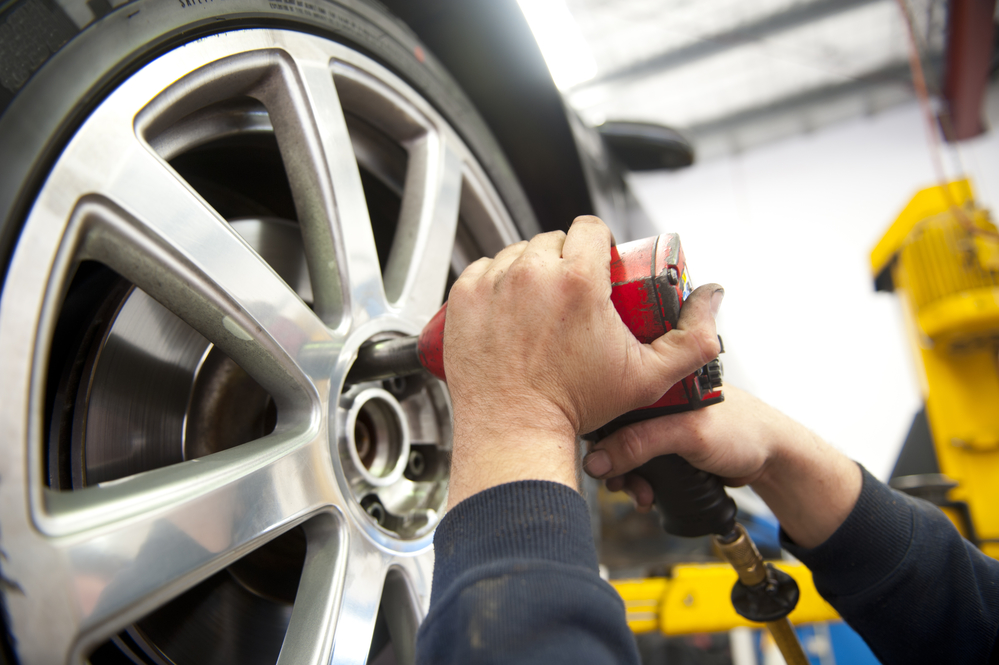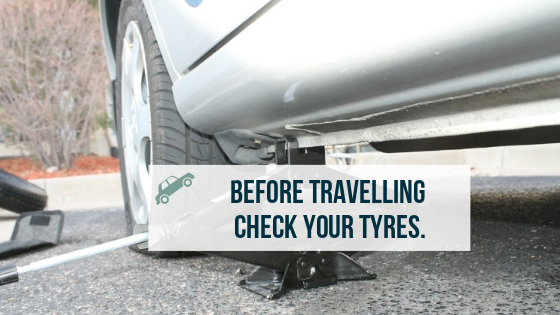Most of us don’t give much thought to our tyres until it’s too late, until you are stuck on the hard shoulder of the motorway en route to holiday (i’m not saying this hasn’t happened!)
Well selected and maintained tyres can contribute greatly to your safety, increased fuel economy, better handling and stopping in all road conditions as well as providing greater comfort and ride quality, especially when travelling with the entire family for a day out or holiday.
Walking into a tyre showroom can be quite a daunting thought with so many brands available, in a wide range of styles, construction, composition and price, its easy to feel overwhelmed, but a local centre should be able to provide you with what you require, as well as saving you money, as you won’t need to travel far and they are easy to return to if you have any questions or queries, or if you require their services again.

But before you book, here are a few little pieces of insight to have you talking tyres like a pro.
1. Make sure that you actually need new tyres.
Have a close look, If you see excessive tread wear, cracked sidewalls, or any discoloration or bulging, it’s probably time for a new set, particularly if you have been on or planning a long road trip, I must admit its usually only brought to my attention when the MOT is due. But you should never be reluctant to buy tyres as they are very important for both driver and passenger safety. Luckily you can buy tyres in Birmingham and other such local areas from websites like Point S.
2. Make sure that your car is in good shape.
Inspect your tyres and check for uneven wear, which might indicate alignment or suspension issues. Check for signs like more wear on the inside or outside of the tyre, tracking issues can sometimes cause uneven wear. It may be worth getting a mechanic to check suspension and tracking before purchasing new tyres, to ensure you are not just throwing money away.
3. Check your owners manual for specific info about your car.
The manufacturer of your car has made a recommendation about the size and type of tyres which work best with your vehicle, that information is found in the owner’s manual and also on the inside of the door, or glove compartment.
4. Know the meaning of the tyre code.
Whenever I am phoning up to check if my local tyre centre has a tyre in stock, I make a note of the tyre code and just read it out, but here is what it actually means!
- The three-digit number. This is the tyre’s width (in millimeters) from sidewall edge to sidewall edge.
- Next a two-digit number which is the tyre’s aspect ratio, or the ratio of height to width. The smaller the number, the shorter the sidewall.
- Then a letter, probably “R,” which indicates radial construction.
- Then, another two-digit number, which is the diameter of the wheel that the tyre is intended to fit.
So, now you know!
5. Check on your spare.
If you are considering replacing more than one tyre it might be worth checking the state of your spare tyre, there would be nothing worse than having a flat tyre and going through the task of changing the wheel to find the spare is not up to the job.
6. Maintain your new tyres.
Check for proper inflation on a regular basis. Keeping your tyres properly inflated will improve your petrol/diesel mileage and will greatly improve your tyres’ life expectancy.
Travelling in Cold weather, check out Safety Tips For Travelling in Colder Weather

.
